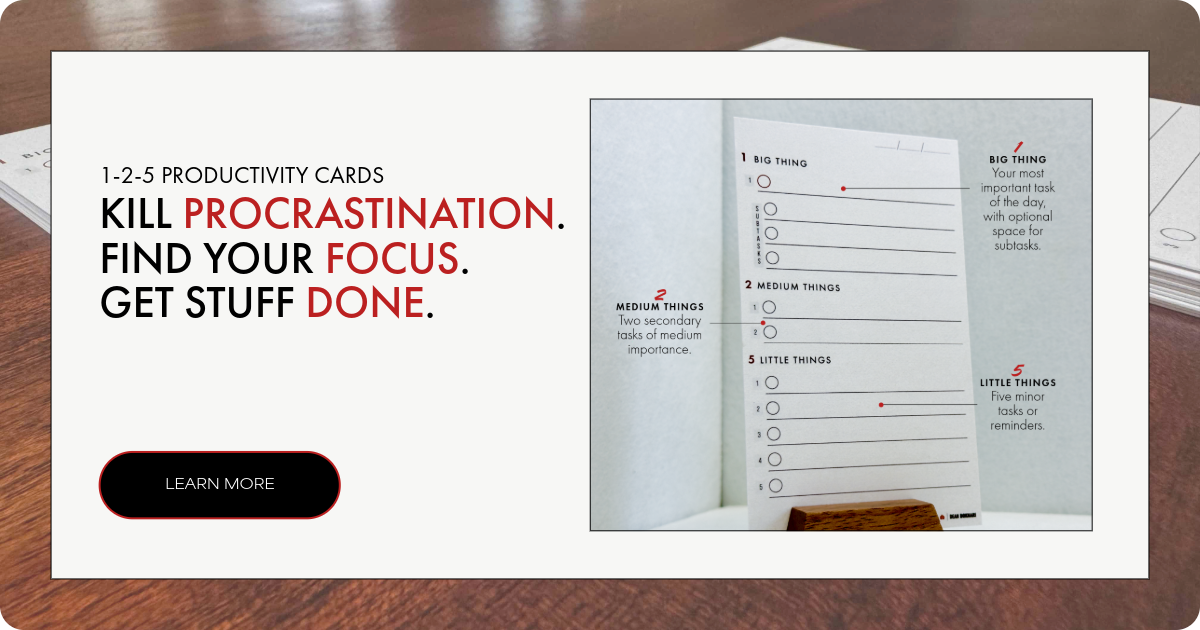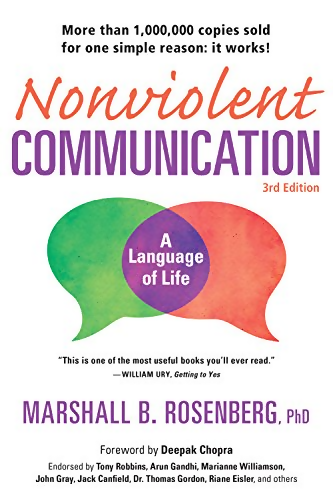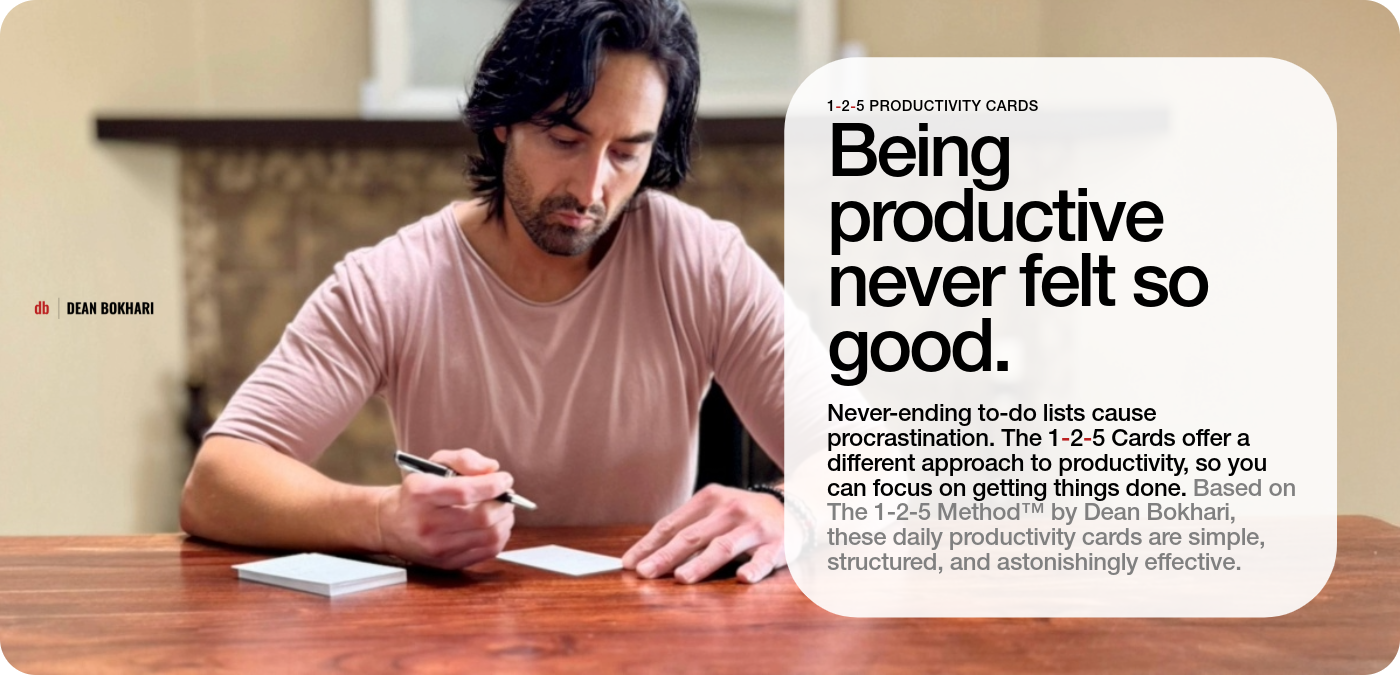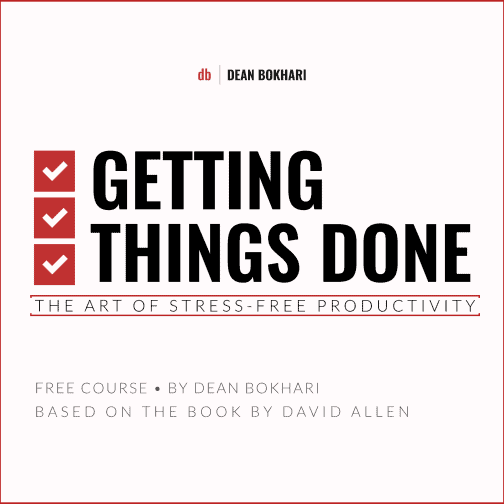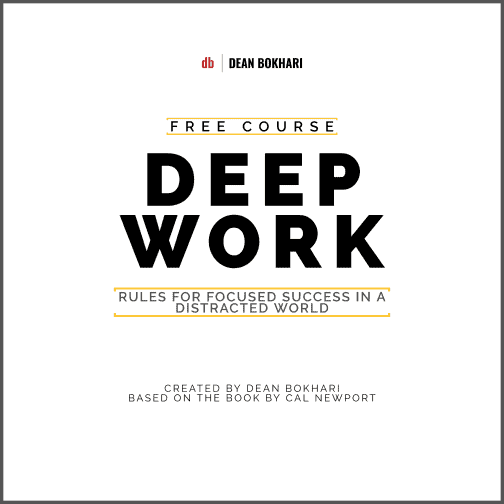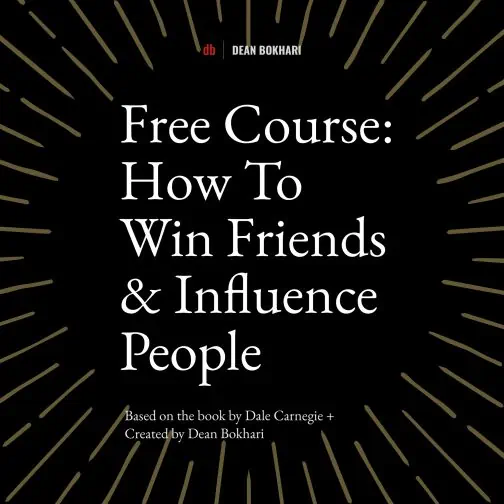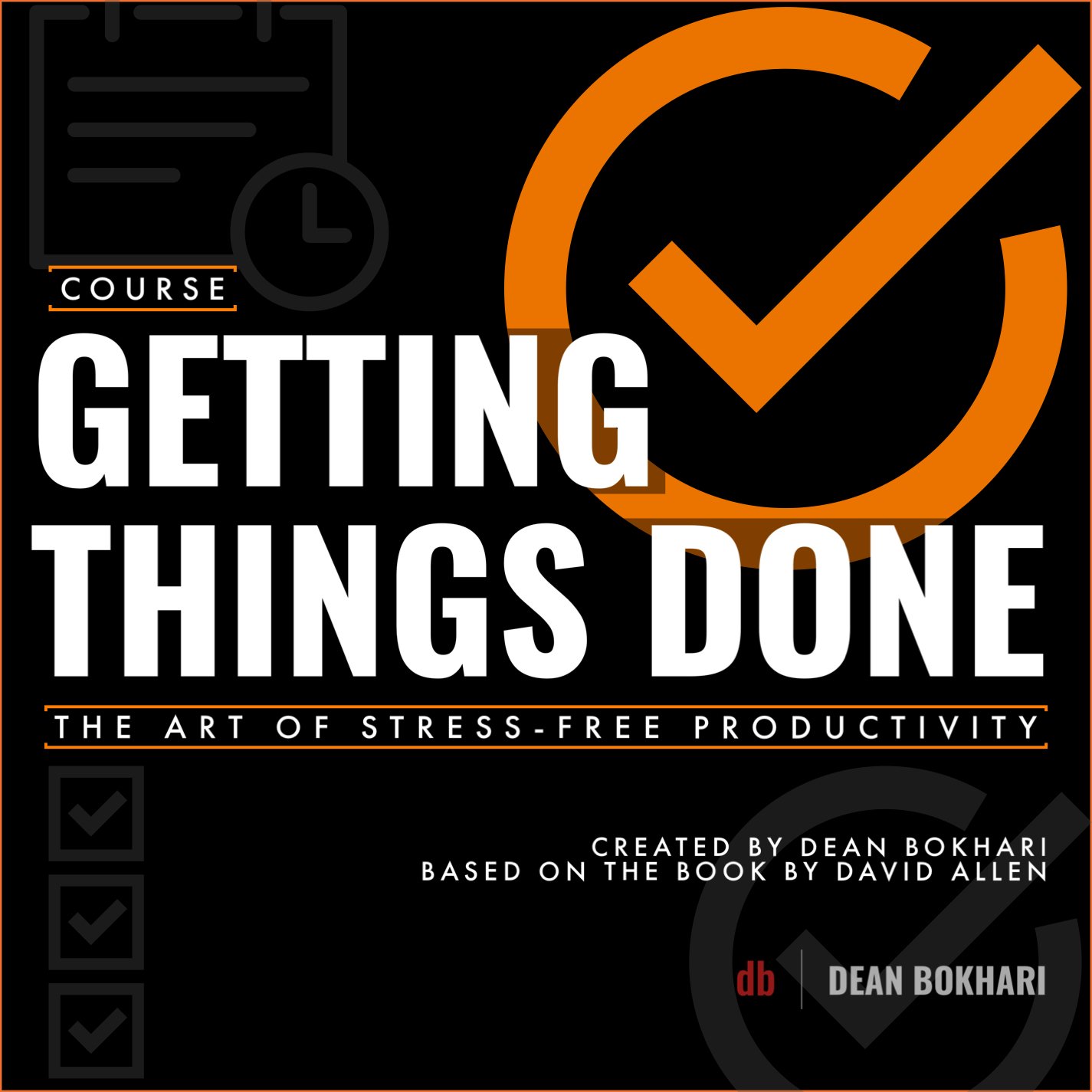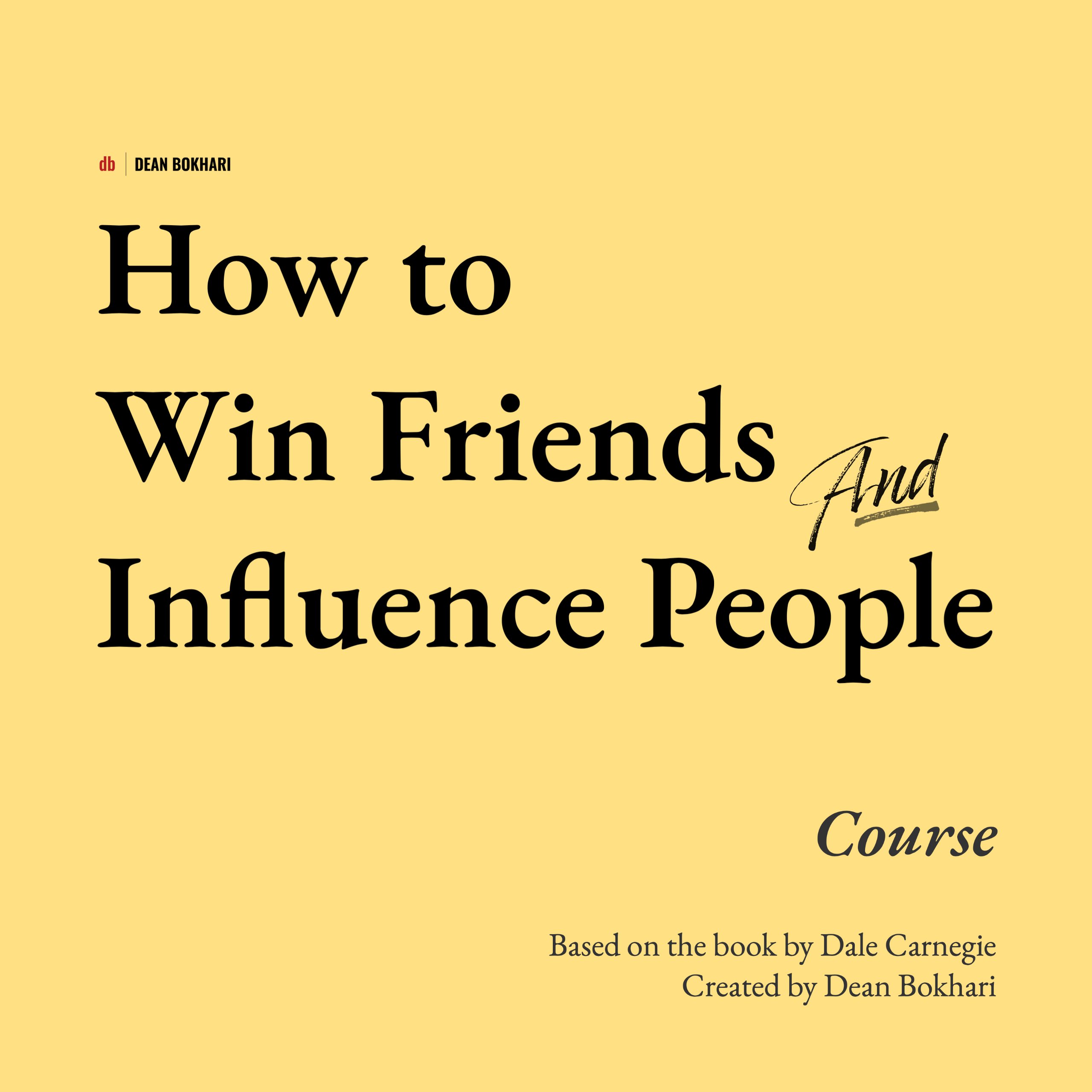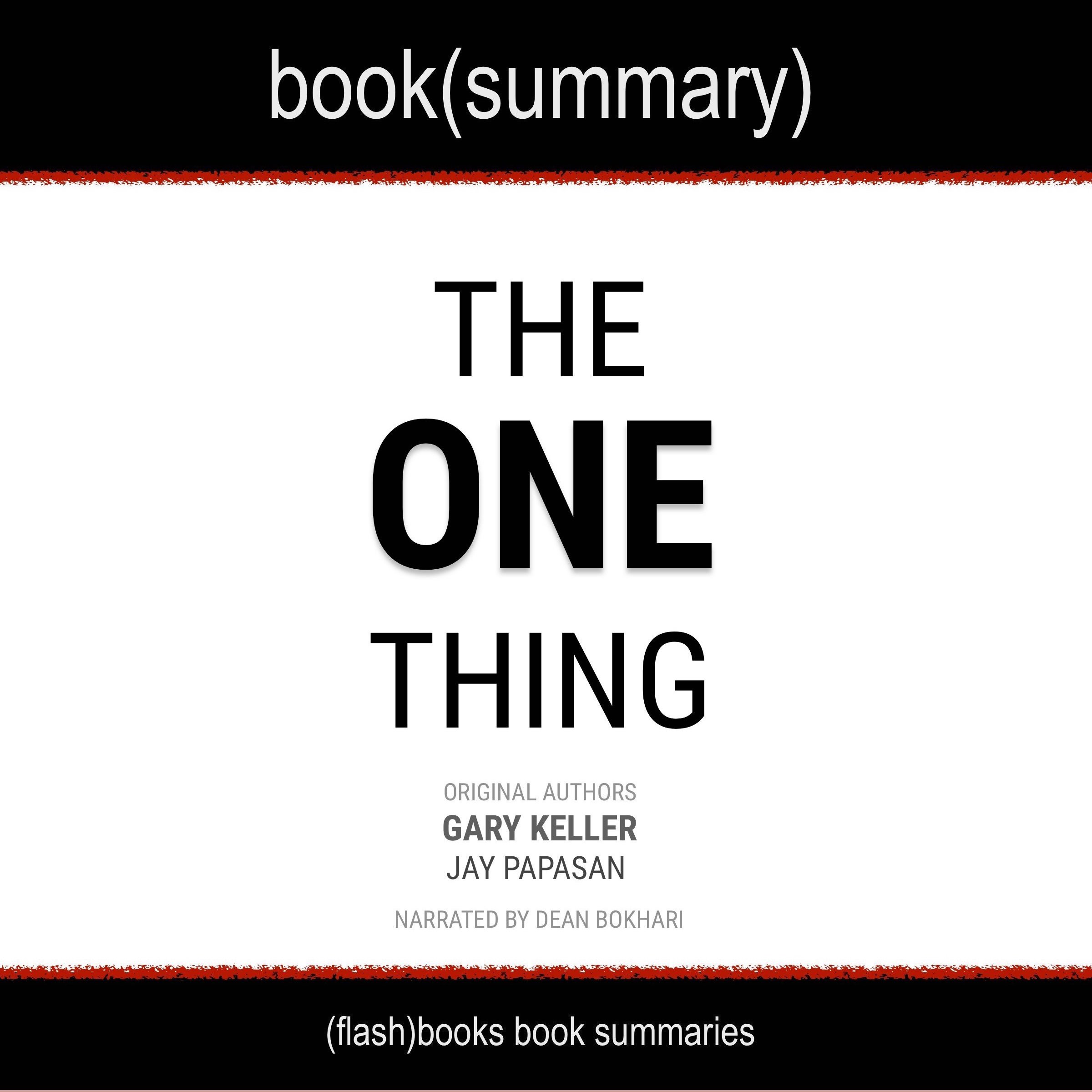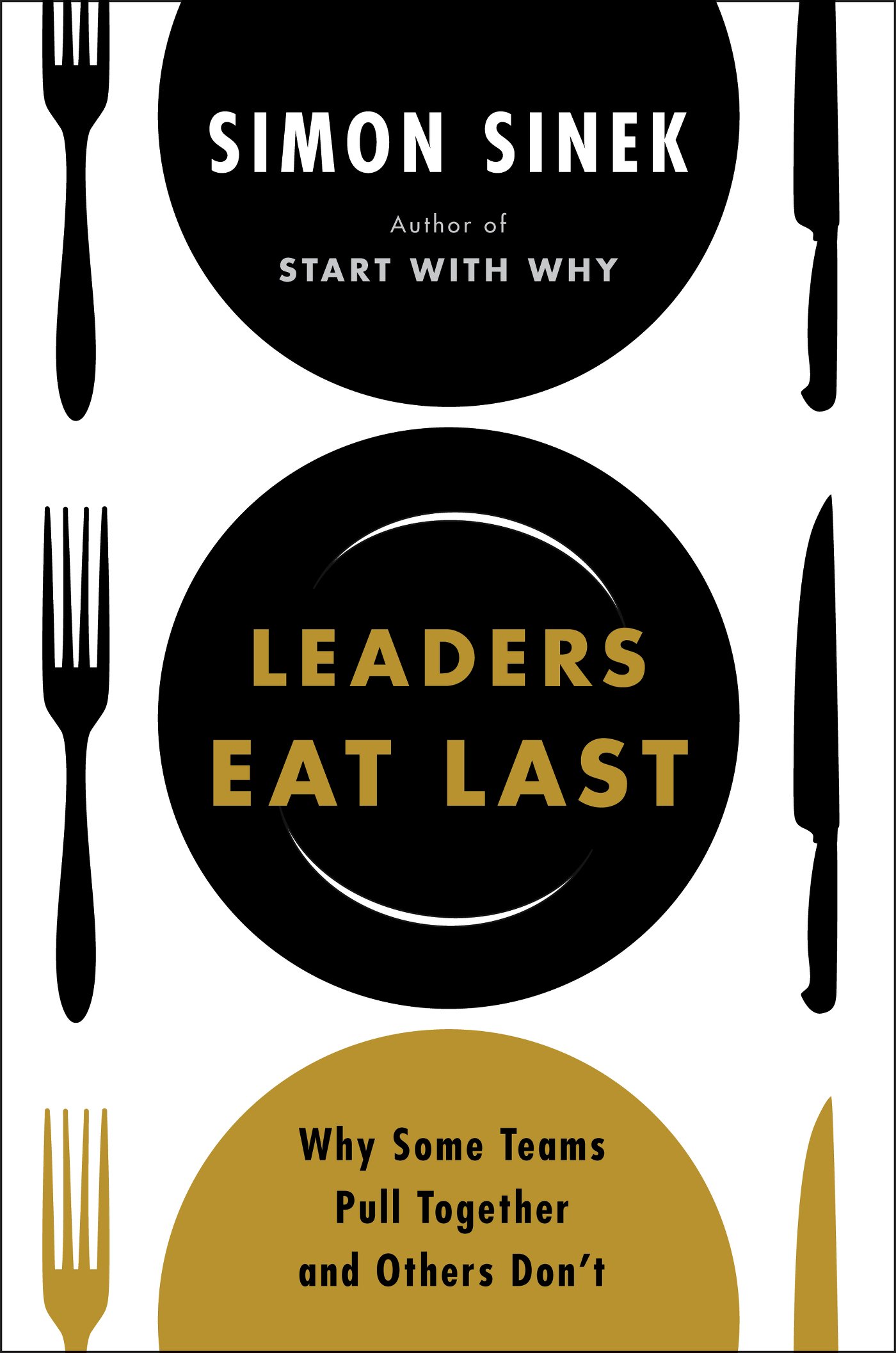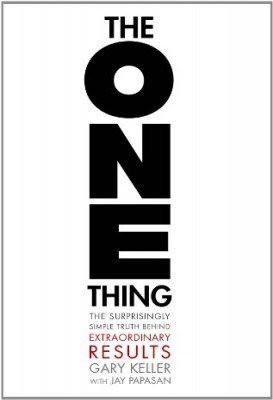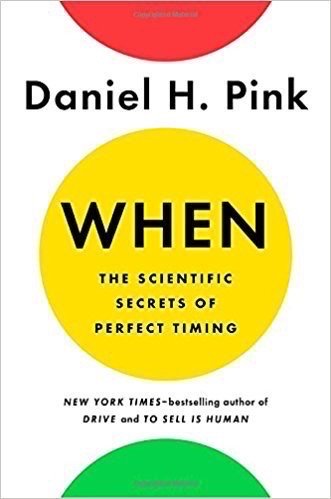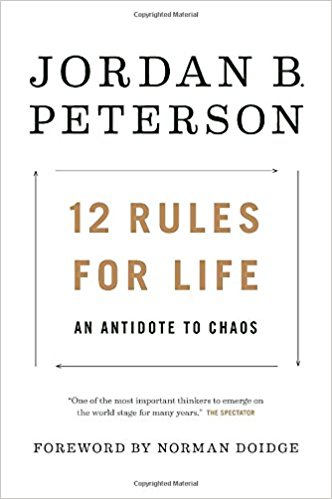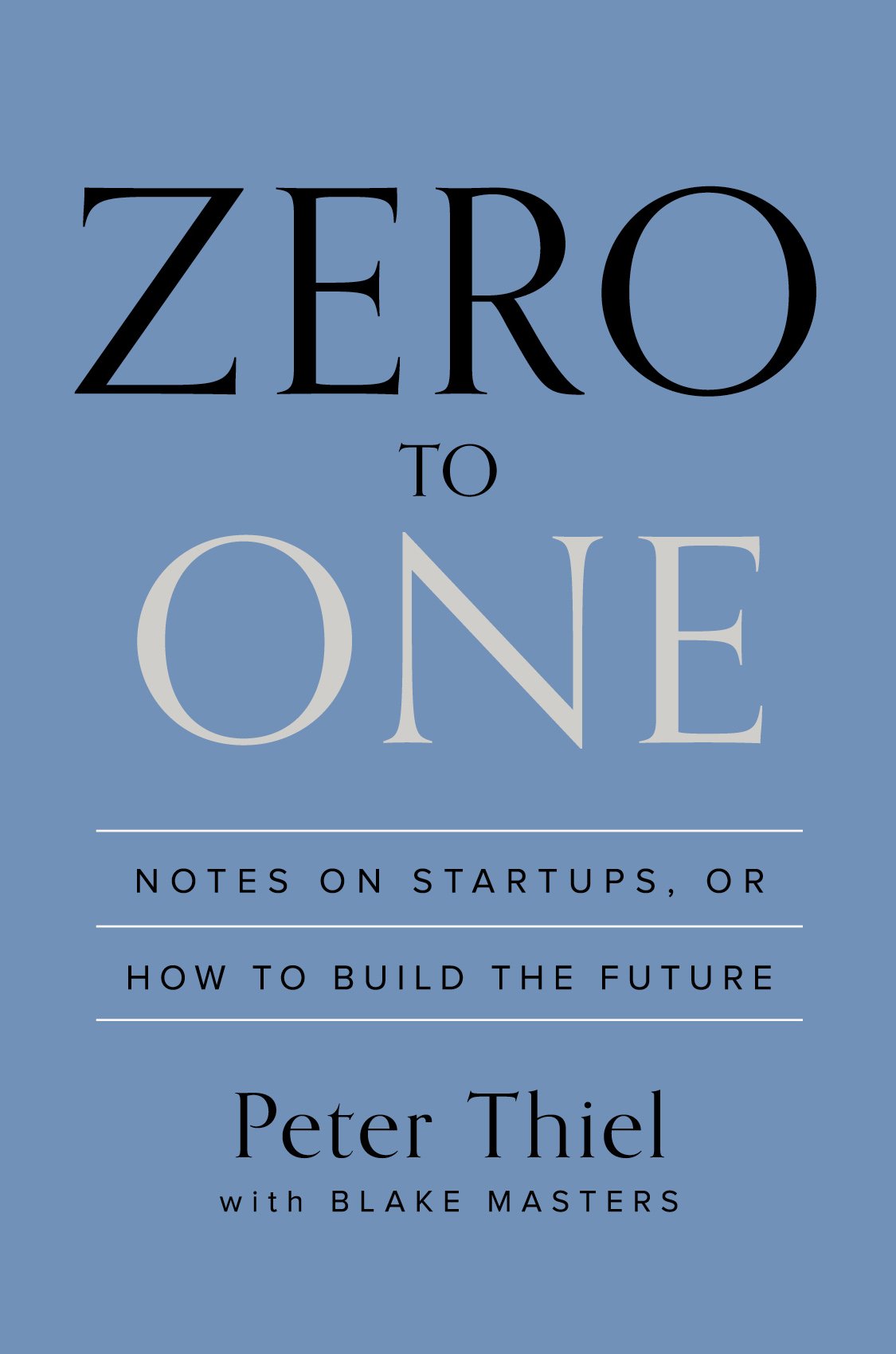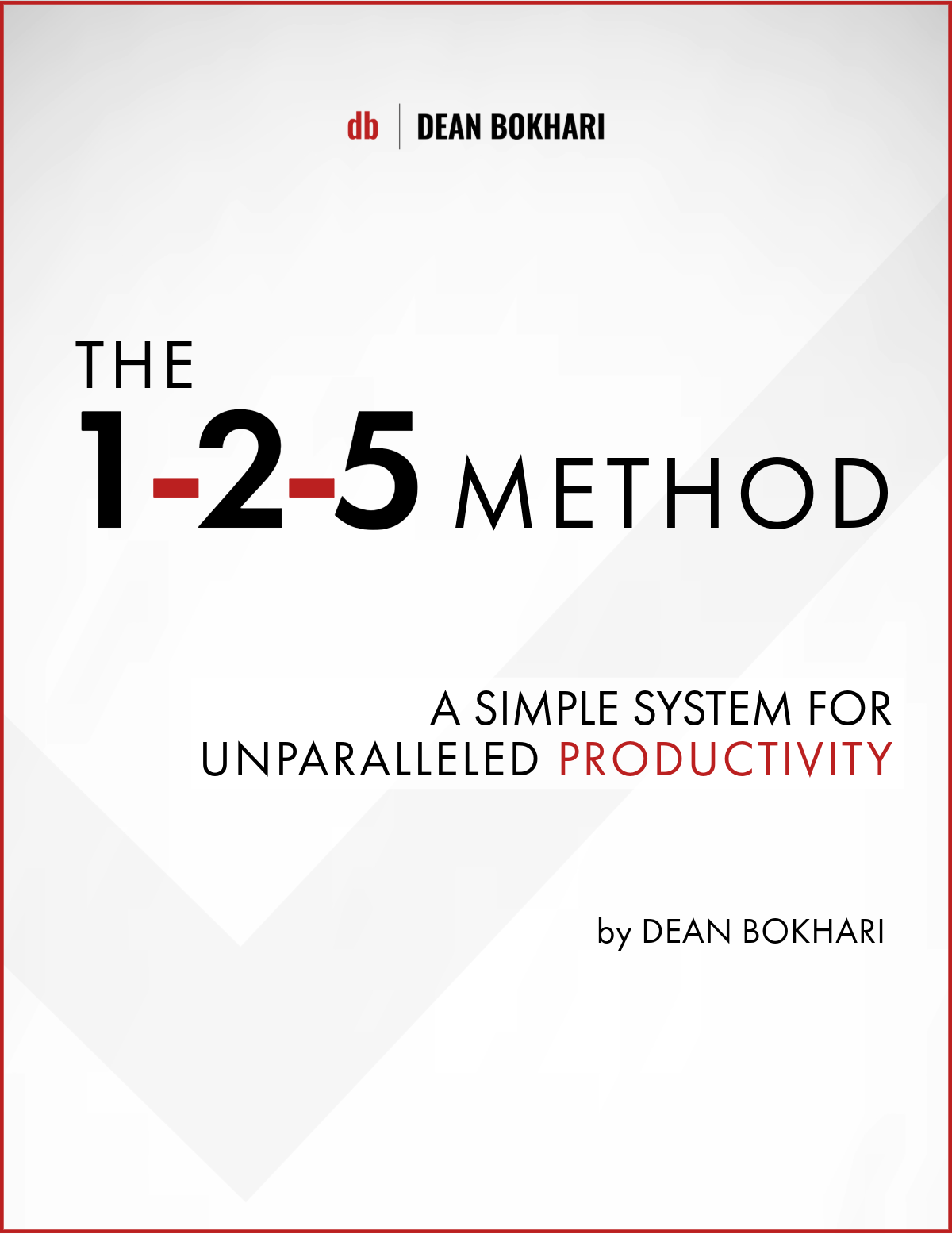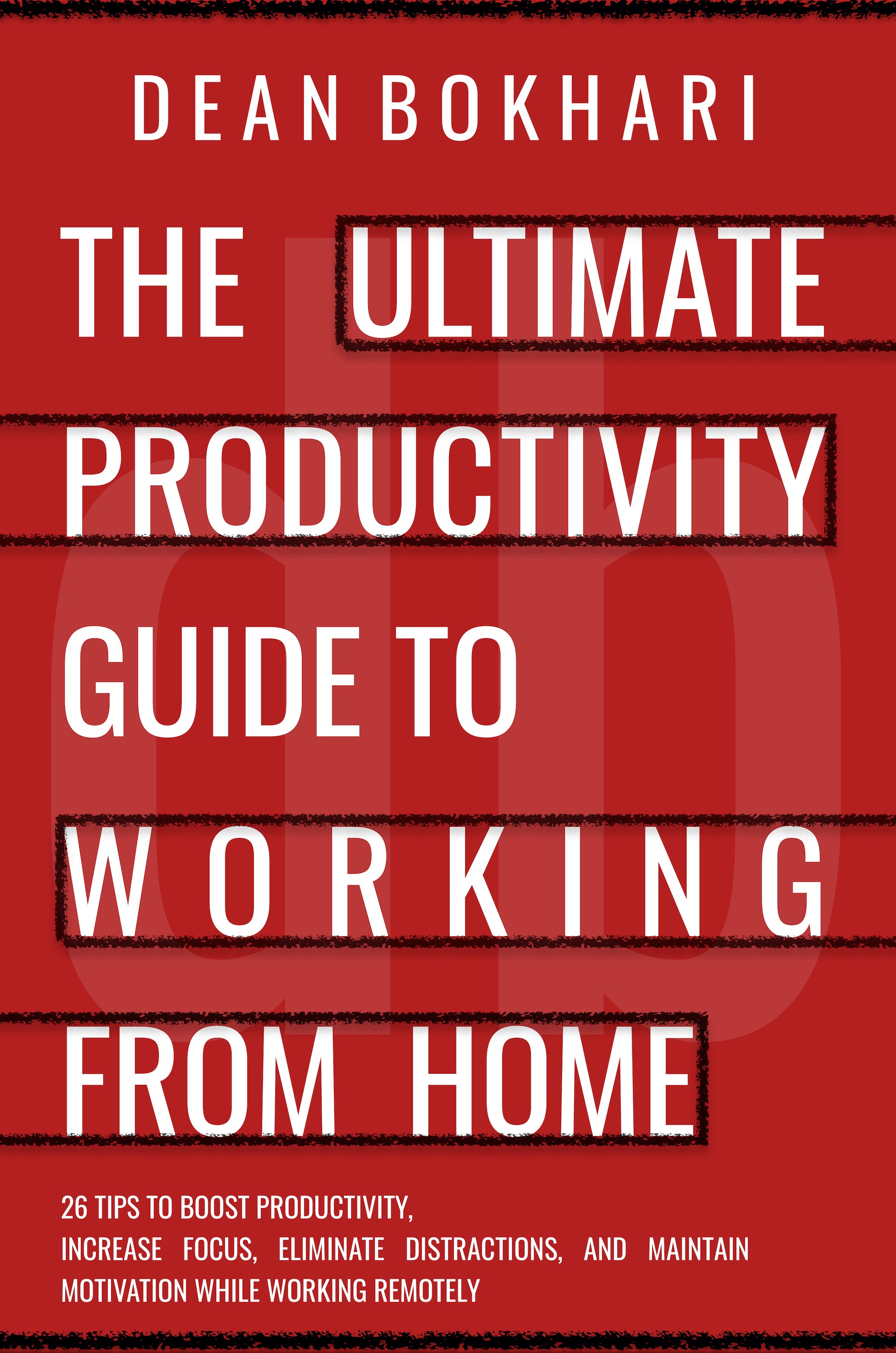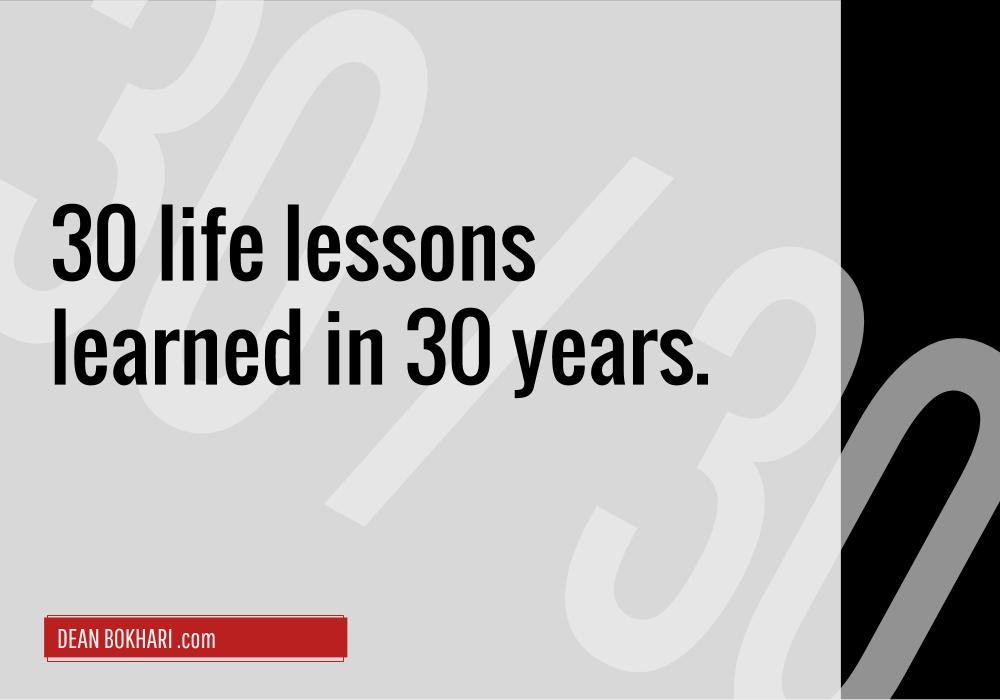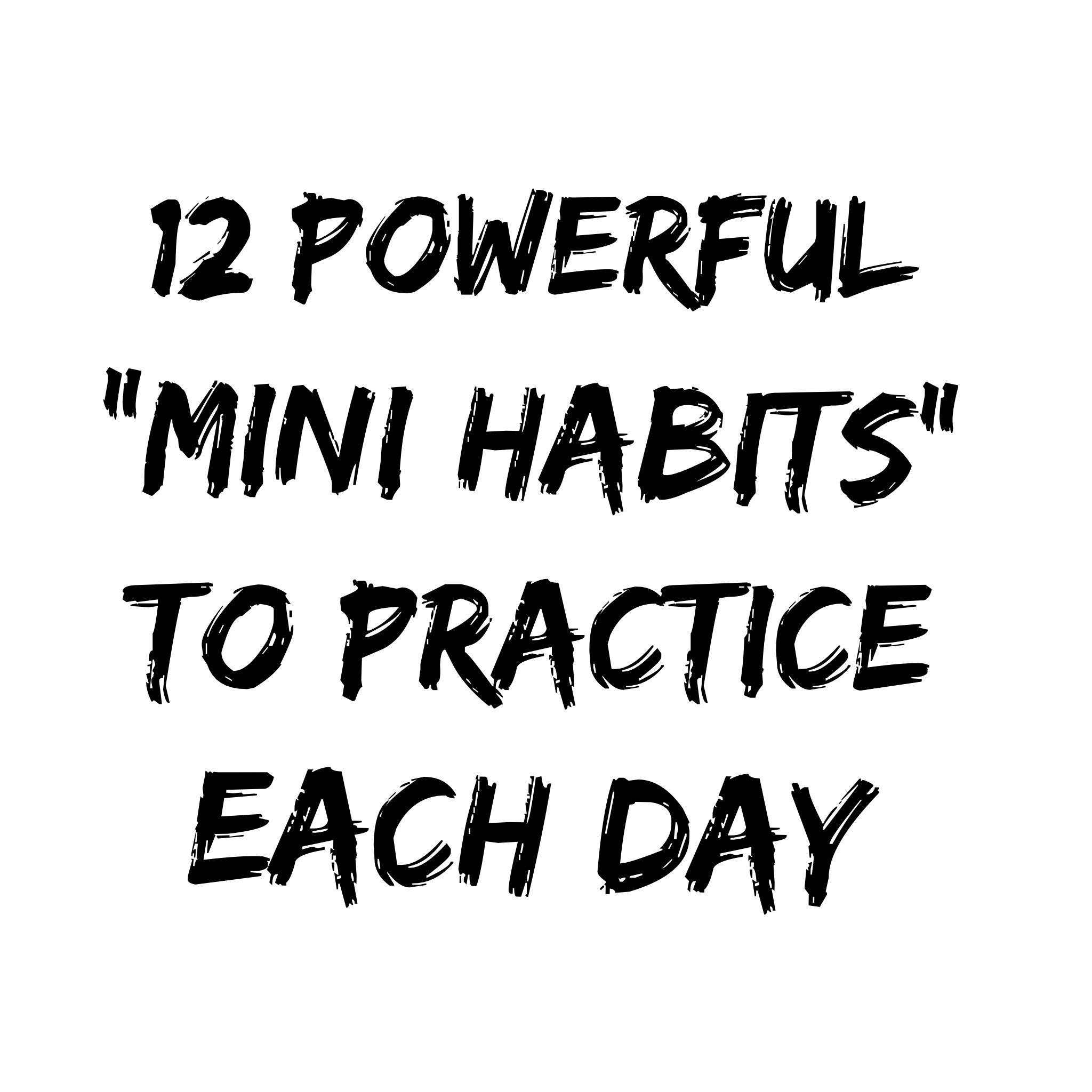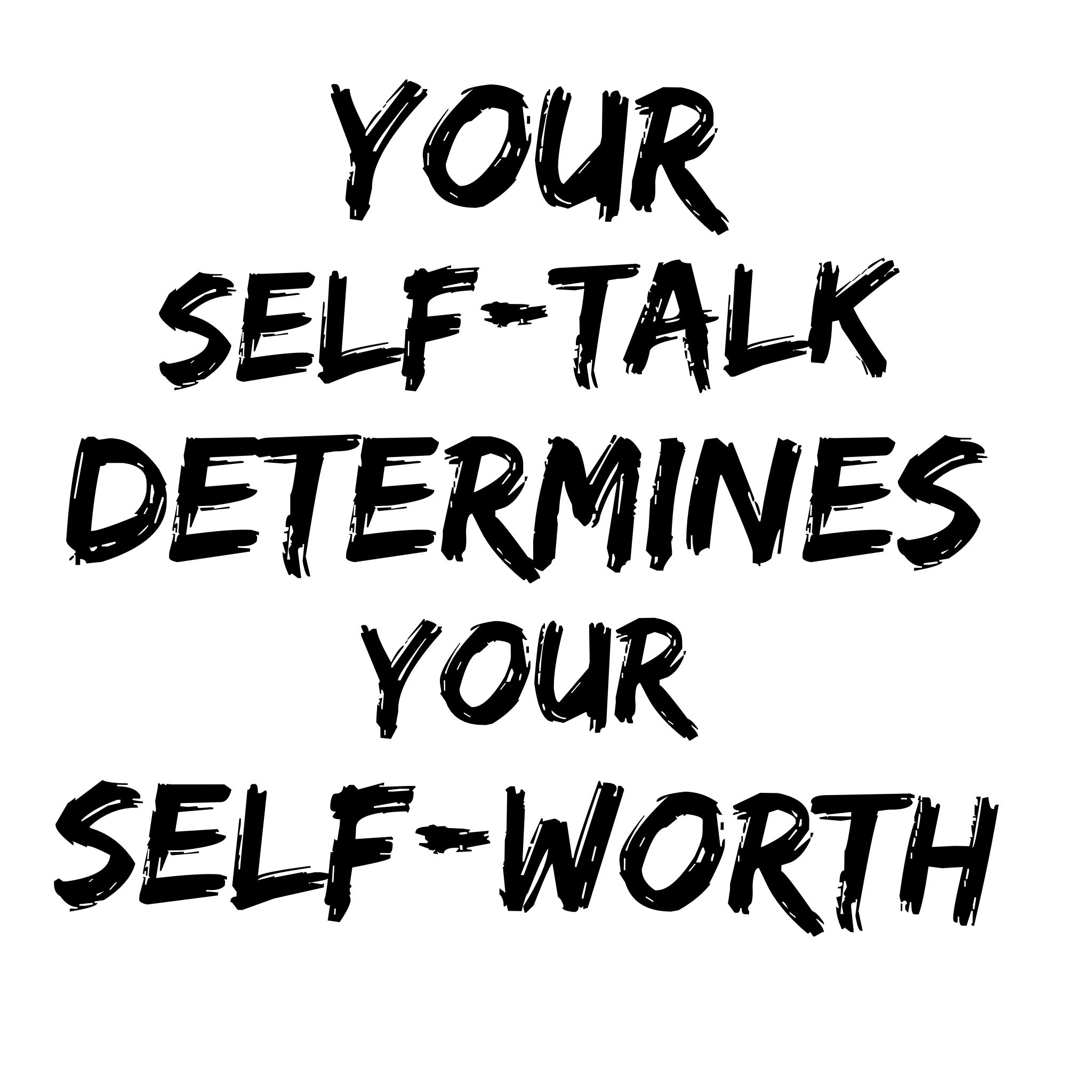Book Summary : Nonviolent Communication
A Language of Life by Marshall B. Rosenberg
Author: Marshall B. Rosenberg • Book Summary by Dean Bokhari
Get Book: Print | Kindle | Audiobook • Member Downloads: Summary (PDF) | Audio (MP3)
Nonviolent Communication by Marshall B. Rosenberg presents a method of communication free from judgments or demands, which results in more productive interactions for all parties involved. The practice of Nonviolent Communication (NVC) encourages connection through compassionate conversation, both with others and with ourselves, and Dr. Marshall Rosenberg, founder of The Center for Nonviolent Communication and a global educator, uses this book to introduce us to the NVC process he’s developed. Dr. Rosenberg employs techniques from his experiences dealing with conflicts around the world to share practical and sustainable strategies, giving us all the tools required to effectively communicate our feelings and needs in any situation.
In this book summary, I'll be sharing some ideas about using NVC to resolve conflicts with people—elegantly and effectively.
Hit Play to listen or scroll down to read. Let's dive in.
LISTEN ELSEWHERE: Apple | Spotify | MP3
Using Nonviolent Communication to Resolve conflict (without compromise)
“Most attempts at resolution search for compromise, which means everybody gives something up and neither side is satisfied. NVC is different; our objective is to meet everyone’s needs fully.”
—Marshall B. Rosenberg, Nonviolent Communication
Nonviolent Communication (NVC) is a way of communicating that leads us to give from the heart, allowing us to stay connected to our compassionate nature through our relationships with others. Through the practice of NVC we can stop the harmful communication patterns of defending, withdrawing, and attacking, in favor of observing, identifying, and articulating.
There are four main components to the NVC process:
OBSERVATIONS + FEELINGS + NEEDS + REQUESTS
- The concrete actions we OBSERVE that affect our well-being
- How we FEEL in relation to what we observe
- The NEEDS, values, desires, etc. that create our feelings
- The concrete actions we REQUEST in order to enrich our lives
Typically, we first observe what is happening, whether it is something being said or done, and quickly introduce judgment or evaluation — do I like or dislike this message or action? But with NVC, we practice observing without judgment.
Here’s how a conversation rooted in Nonviolent Communication would play out:
- We observe without judgment,
- articulate what that message or action makes us feel,
- identify what we need in response to that message or action,
- and then make a request based on that need.
A helpful example is the parent-child relationship. If the parent wants their child to tidy up a family living space, there are several possible ways to approach the situation.
A parent who practices NVC would say, “When I see your dirty socks all over the living room (that’s an OBSERVATION), I feel irritated (that’s a FEELING) because I need more order in the rooms we share (that’s a NEED).”
That parent would follow the statement of OBSERVATION + FEELING + NEED with a REQUEST: “Would you be willing to put your socks in the room or in the washing machine?”
NVC is not meant to exist as a set formula, but an adaptable communication technique to use in any situation.
Dr. Rosenberg reminds us that “the essence of NVC is in our consciousness of the four components, not in the actual words that are exchanged.”
Through this style of communication, we can honestly express our needs and feelings, and empathetically receive the needs and feelings of others.
Actionable Insight(s):
- Identify and write down your responses to three recent words and/or actions from others, and note whether they are based in judgment (do I like or dislike this message or action?) or based in feeling (this action makes me feel hurt, joyful, irritated, amused, etc…).
The use of NVC in conflict resolution is very different from traditional styles of mediation, in which the mediator attempts to get everyone to reach an agreement as quickly as possible. But just because you’ve reached an agreement doesn’t mean you’re satisfied with it. This agreement is usually made without any connection between the parties involved, and is therefore unlikely to last. But when NVC is used to mediate a conflict, a connection is established and, more often than not, the problem solves itself.
Dr. Rosenberg outlines five key steps for NVC Conflict Resolution...
- Express: We express our own needs. Remember to use the positive “do” language in articulating your needs, avoiding the unproductive and problem-causing “don’t.”
- Search: We search for the real needs of the other person, no matter how they are expressing themselves. This is crucial, and will require patience and listening practice.
- Recognize: We verify that we both accurately recognize the other person’s needs, and if not, continue to seek the need behind their words. This step depends on honest communication between both parties — don’t be afraid to ask for clarification! If you are willing to recognize the needs of the other party, it’s more likely that they will be willing to recognize your needs.
- Empathize: We provide as much empathy as is required for us to hear each other’s needs. This takes as much patience and practice as searching for the other party’s real needs, but a clear display of empathy will ensure that both parties feel heard and respected.
- Verbalize: We use positive language and pull from our emotional vocabulary to propose strategies for resolving the conflict. Keep the resolution grounded by making requests in present-tense language — instead of asking what can be done tomorrow or next week, ask what can be done right now.
Here’s an example to illustrate these five steps of conflict resolution:
In a workshop for married couples, a man and woman confessed to suffering thirty-nine years of conflict about money. Six months into the marriage, the wife had twice overdrawn their joint checking account and the husband took complete control of the finances.
The wife said, “He obviously doesn’t want me to spend any money,” and the husband responded by saying, “When it comes to money, she’s totally irresponsible.”
These comments analyze, assume, and diagnose, but do not indicate an understanding of need.
A more productive conversation would have started with a clear articulation of the husband’s need, for example, “I feel scared because I have a need to financially support my family,” and would have been followed by the wife’s acknowledgement of that need, “I hear that you have a need to protect the family, and that you’re scared because you want to make sure the family is financially secure.”
If one party is experiencing a lot of pain as a result of the conflict, it is important to acknowledge this as well.
The wife, in articulating her feelings, could say, “I feel hurt, and I need to be trusted to learn from past experience.” In this case, the husband would acknowledge her need by saying, “I hear that you are looking for more trust, and that you are hurting from years of not being trusted with our finances.”
Once these needs have been articulated, the pain from years of conflict can be addressed in a productive way, and positive changes can be made.
Just as individuals can express thoughts when they are trying to express feelings, they can also confuse needs and strategies when engaged in conflict resolution.
To avoid confusing the two, remember that “needs contain no reference to anybody taking any particular action,” and “strategies...refer to specific actions that specific people may take.”
It is important to remember that using NVC to resolve conflict requires us to recalibrate ourselves and our communication styles.
This can only be done by slowly, patiently identifying and rejecting the ways we may have been taught to communicate by well-intentioned but possibly misguided parents, teachers, mentors, and others.
Want to keep reading?
Get the FULL book summary for Nonviolent Communication here »
LIVE LIKE YOU GIVE A DAMN,
Dean Bokhari
- If you find the podcast helpful, please rate + review it on Apple Podcasts »
- Got a Self-Improvement question you'd like me to cover? Submit it here »
"Dean Bokhari's Meaningful Show is the Self-Improvement Podcast I've been
waiting for. It's actionable, inspiring, and BS-Free." —Brett Silo
✨ New Series: How to Become an Early Riser
- Discover key methods to make early rising a habit
- How to wake up early + energized every morning
- Morning routines for health + success
Free self-development courses
👇
Tap on any of the courses below to start learning how to:
- boost your productivity (with GTD),
- get focused (with Deep Work),
- or learn the art of influencing others (with the How to Win Friends & Influence People course.)
All for free.
👇
Free life guides
👇
Best-selling Self-development courses by Dean Bokhari
Kill procrastination.
|
Get stuff done.
|
Get motivated.
|
Connect with anyone.
|
freshly pressed:
Top Audiobooks narrated by Dean Bokhari on audible | |
Book summaries
- The Power of Habit by Charles Duhigg
- 12 Rules for Life by Jordan B. Peterson
- Presence by Amy Cuddy
- Leaders Eat Last by Simon Sinek
- The ONE Thing by Gary Keller, Jay Pasan
- Deep Work by Cal Newport
